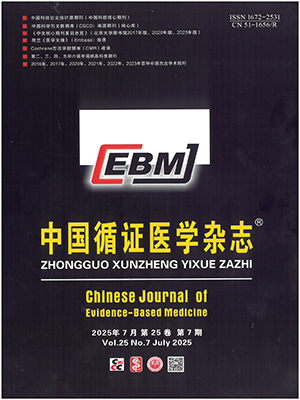| 1. |
Linares MA, Zakaria A, Nizran P. Skin cancer. Prim Care, 2015, 42(4): 645-659.
|
| 2. |
陈翔. 2017 年皮肤肿瘤临床进展回顾. 皮肤病与性病, 2018, 40(2): 177-178.
|
| 3. |
魏国清, 耿耘. 近年来中医药治疗皮肤癌的研究概况. 中华中医药学刊, 2014, 32(2): 269-270.
|
| 4. |
Pil L, Hoorens I, Vossaert K, et al. Burden of skin cancer in Belgium and cost-effectiveness of primary prevention by reducing ultraviolet exposure. Prev Med, 2016, 93: 177-182.
|
| 5. |
澳大利亚研究: 维生素 B3 可降低皮肤癌发病率. 中国食品学报, 2015, 15(10): 222.
|
| 6. |
王梦蓉. 美国皮肤癌治疗费用剧增. 现代职业安全, 2015, (1): 99.
|
| 7. |
林千里, 张文俊, 汪汇, 等. 皮肤黑色素瘤流行病学及防治研究进展. 中国医药导报, 2019, 16(3): 28-32.
|
| 8. |
Gordon R. Skin cancer: an overview of epidemiology and risk factors. Semin Oncol Nurs, 2013, 29(3): 160-169.
|
| 9. |
Leonardi-Bee J, Ellison T, Bath-Hextall F. Smoking and the risk of nonmelanoma skin cancer: systematic review and meta-analysis. Arch Dermatol, 2012, 148(8): 939-946.
|
| 10. |
Ortiz A, Grando SA. Smoking and the skin. Int J Dermatol, 2012, 51(3): 250-262.
|
| 11. |
沈立飞, 徐文博, 于春梅. 皮肤肿瘤 156 例病理学分型与临床关系分析. 中国临床医生杂志, 2016, 44(5): 74-75.
|
| 12. |
闵一果, 杨声显. 皮肤癌临床分析 82 例. 中国医学工程, 2013, 21(2): 40-42.
|
| 13. |
于云江, 王菲菲, 房吉敦, 等. 环境砷污染对人体健康影响的研究进展. 环境与健康杂志, 2007, 24(3): 181-183.
|




